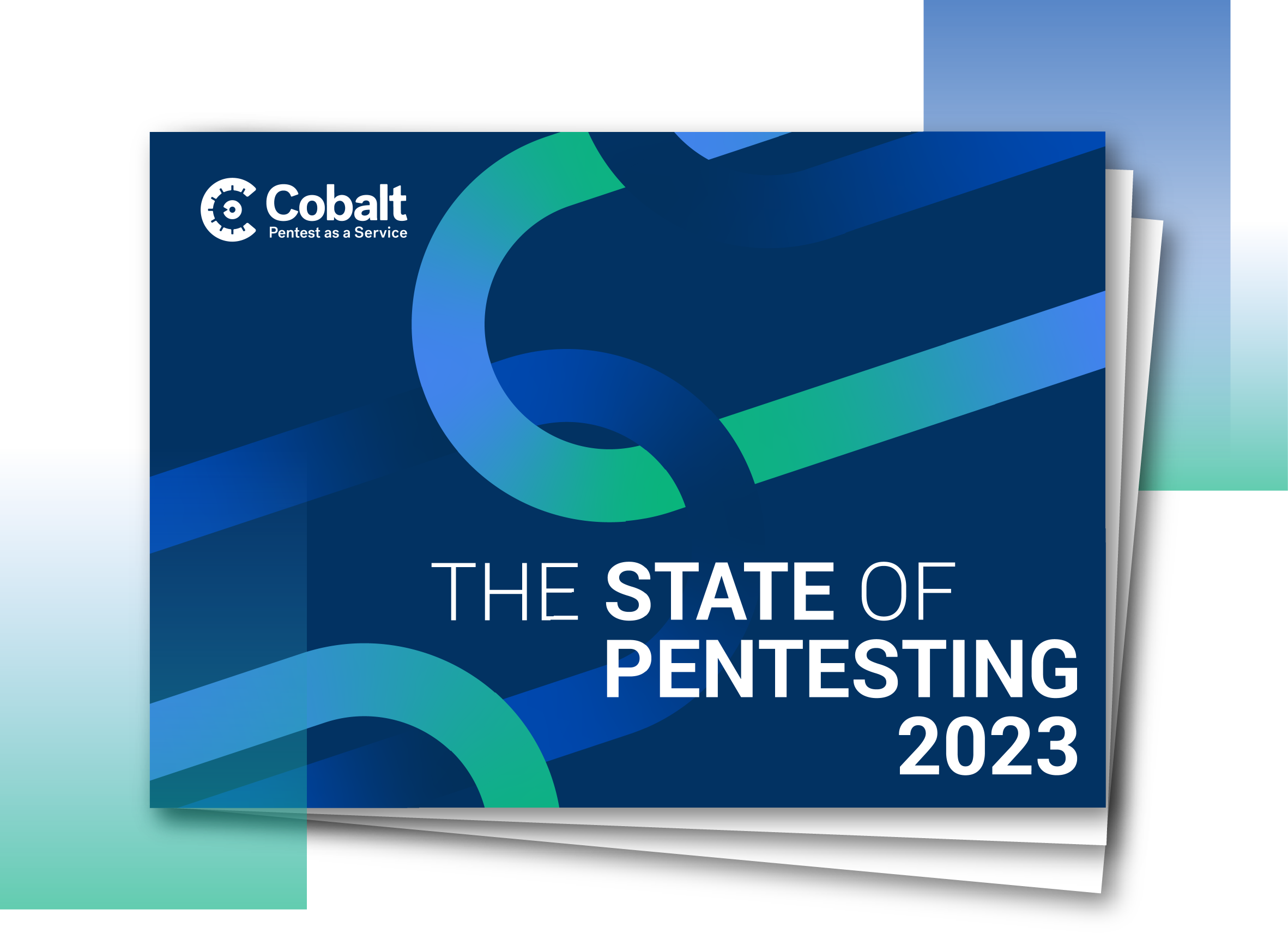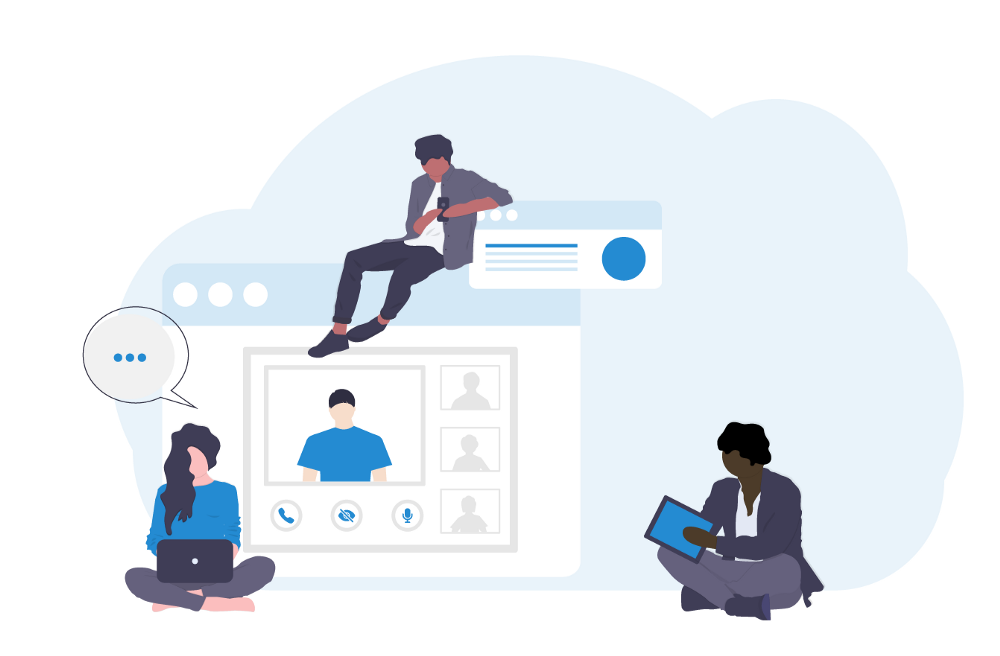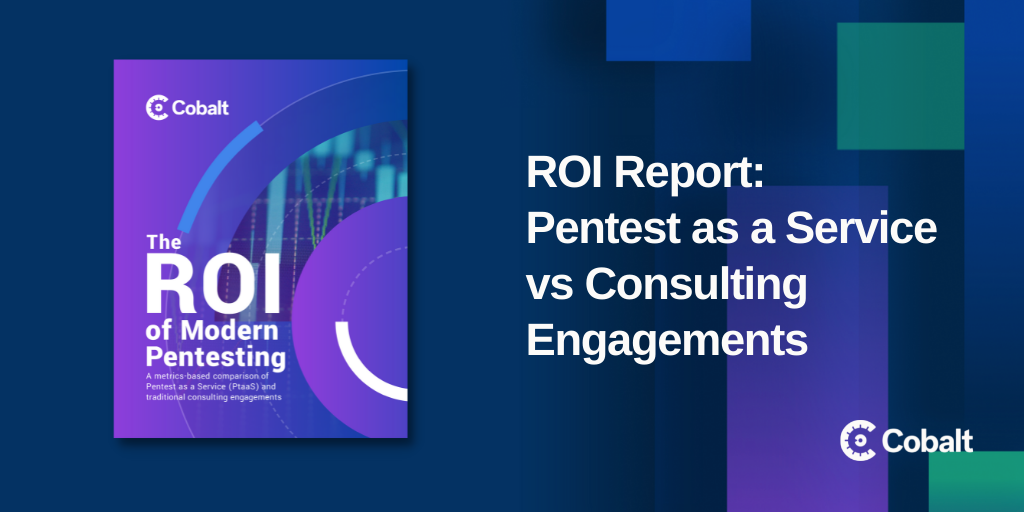“Hi, my name is Anna, today’s my first day.” The employee looks back at you in confusion. “Oh? I didn’t know we had someone starting today.” When they finally confirm that you do work there and find you a desk (that has to be cleared off), you ask them where you can find the company laptop you’re supposed to be using. After some more confused looks, finding the IT department, and then shuffling through old laptops until one is chosen, you’re finally sitting at your desk… and have to walk back to the IT department to ask about your company email, which they end up making on the spot.
Do you see where this is heading?
First impressions are important
Most likely, if this is your experience on your first day of a new job, you’ll start looking for another job within your first 6 months. In fact, in 2017 SHRM reported that 28% of new employees leave within the first 6 months. Onboarding matters. Onboarding can either confirm to a new employee that they made the right choice by accepting the offer, or cast doubt in their mind that they maybe should have chosen a different option. For recruiting teams, it can be expensive and time consuming to find a great candidate, hire that person, and get them ramped up only for them to leave within the first year.
Wouldn’t you rather have someone in a position who knows what they’re doing and is already meeting or exceeding expectations, instead of having to spend time, money, and other resources to find another person who has zero experience in that role?
This is why many companies spend considerable time to make sure that their onboarding programs are consistent, up to date, and filled with relevant information that every new hire might need. It can be challenging to accomplish these objectives, especially if you’re a global organization.
Here are five challenges that every team faces when on-boarding a new team member:
Alignment
In a distributed, global workforce, there’s always going to be valuable information that is floating around, be it in your company communication tools (i.e Slack) or hidden deep in a wiki page on your intranet. It’s important to make sure that from the very beginning, a new hire understands where to find specific information.
To do that, some of the first details that you send to a new hire should be where to find your companies history, polices, and any information that is crucial to their day to day work life. In which instances do they go to the handbook? In which instances do they go to company intranet? Who do they go to about questions about their benefits? For Cobalt.io, we send a list of resources to the new hire one week before their start date. By doing so, the new hire will have become familiar with the resources before they walk in on Monday.
Speaking of Monday, that’s the day when most of our new hires start. By having all new hires start on the same day of the week, it helps your onboarding team as well as the company know that Monday is when they can expect to see new faces in the office. If your company is also going through a hiring boom, then having new hires start on one day a week means that they can get to know other new employees.
New hire training is another great way to have new employees meet each other. Having new employees take mandatory training together can create cohorts that last for their span at company, if not longer. These can also be helpful for the new employees as they find their sub-groups within the company. At Cobalt.io, we hold our remote Cobalt University once a month for all the new employees to join. This is where they go through our history, why and how our values were created, the performance reviews process, and our career paths. Since we are a security company, we also have new hires go through brief security training with our security team. Not only does this ensure that every single employee knows the same information, but it also gives them a chance to meet other new employees from our different offices.
Culture
If you’re like us at Cobalt.io, then you may have different office locations as well as remote employees around the world. You’ll also know that each one of your offices has a distinct subculture from your company’s main culture. This means that new employees are going to have a different experience in each office– which is also great!
The main thing to keep in mind is making sure that a new employee has the resources to get acclimated with the culture at their office (or lack thereof). One approach to this is assigning a “new hire buddy.” The People Team is responsible for getting them up to speed on the policies and history of the company, among other things. Their teammates and manager are responsible for making sure they have the appropriate tools and resources they need to do their job. The buddy’s part in all of this would be to make sure that they aren’t left behind when others go walk to lunch, or include them in the Slack channel where people post when they’re making a coffee run.
Buddies are extremely helpful when your team is spread out between different offices. For example, they can be the person the new hire goes to when they don’t know where the ice is and all the other teammates they’ve gotten to know are in another office.
Setting up for Success
In order to set new employees up for success, they should have clarity around their role and their responsibilities from the moment they start. In doing this, managers should also have a clear plan on what the new employee should be accomplishing past their first week in the company. The more of an impact that the new employee has when they’re onboarding, the more likely it is that they’ll become a higher performer later on in their career with the company.
Each one of our managers is asked to create a 30–60–90 day plan for their new employee. These plans are crucial to make sure that the new employee knows what’s expected of them during their first three months with the company. As a globally distributed company, a written 30–60–90 day plan is also a tool to help the new employee become autonomous. If a new hire is unsure about what they should be doing, they can refer to this plan and course-correct themselves.
These plans are also helpful as they can be a tool that the new employee uses during their first performance reviews as the new employee is able to look back at the 30–60–90 day plan and see how much they accomplished or did not accomplish. This way, they have a tangible idea of how well they’re performing, or if they need more resources to improve their performance.
Measuring Onboarding
You are not going to know immediately how successful the onboarding process is. There’s always the option of sending out an employee new hire survey immediately when they wrap up their onboarding training, but sometimes the new employee will be too gracious. The best way to see how well the onboarding process is doing is to look at your retention rates or to look at the percentage of employees who become high performers within a year of employment.
It’s also important to collect the feedback from the new employees at different stages of their onboarding process. While they may not feel comfortable being honest a week into their position, they may feel more comfortable a month in, and even more comfortable six months into their new position. Our people team makes sure to check in with each other at the 45 day mark as well as the 6 month mark. This helps to gauge how the employees are feeling at each stage of their onboarding.
Continuous Changes
With global onboarding, something to keep in mind is that you will be revisiting this system regularly. For Cobalt, we revisit the onboarding process twice a year to make sure that the onboarding process stays up to date and to implement feedback from our employees to make the process even better. This ensures that our employees are always aligned with the most recent news and processes.
It’s also important to make sure that the onboarding scales if you work at a company that is growing and changing rapidly. The onboarding process will look different for a company that is onboarding employees between two offices, and a company that is onboarding employees that are across five different offices. So, as you update your onboarding every few months, make sure that it’s still giving the new employees the same information, introducing them to the culture and subcultures of the company, setting them up for success in their role, and encouraging feedback.
There is no exact way to do onboarding since every single company has their own culture and processes to consider. However, there are consistently the same challenges when implementing a new onboarding program. While we hope that we were able to help with these challenges it’s important to keep in mind that your onboarding should fit your company.
Interested in learning more about a career at Cobalt? Check out our Life at Cobalt page to hear more.

















.png)

